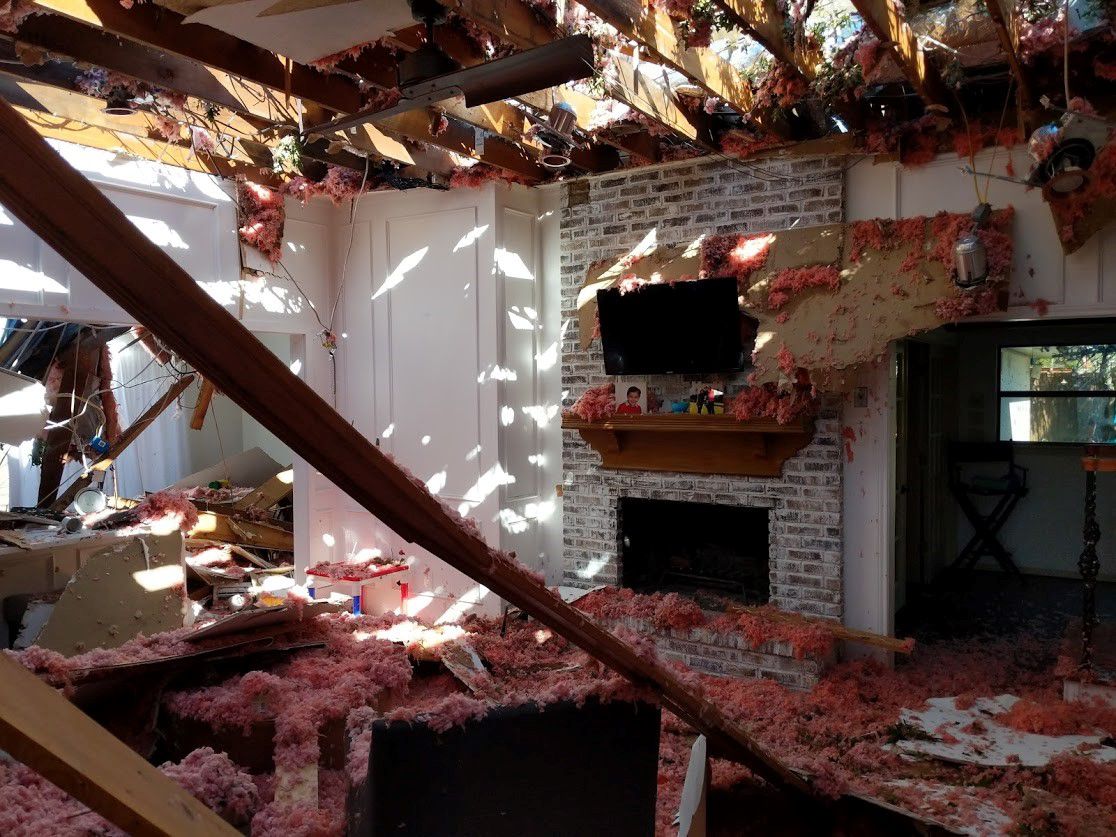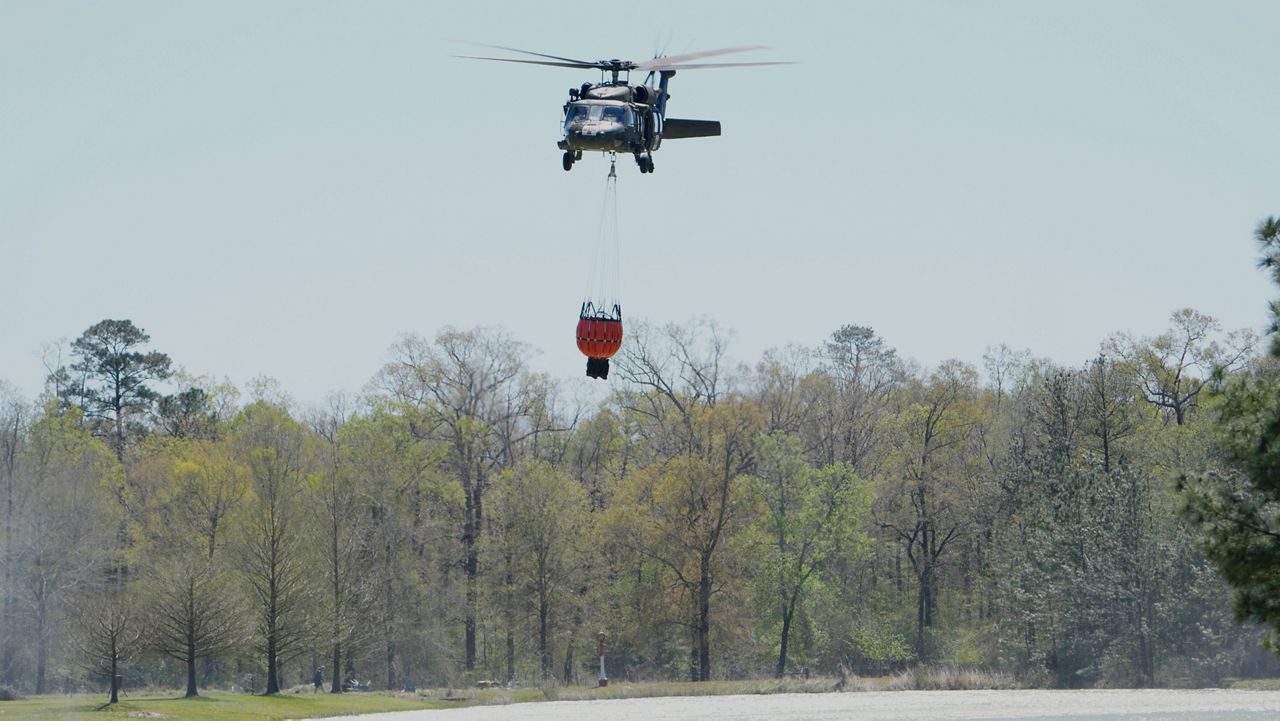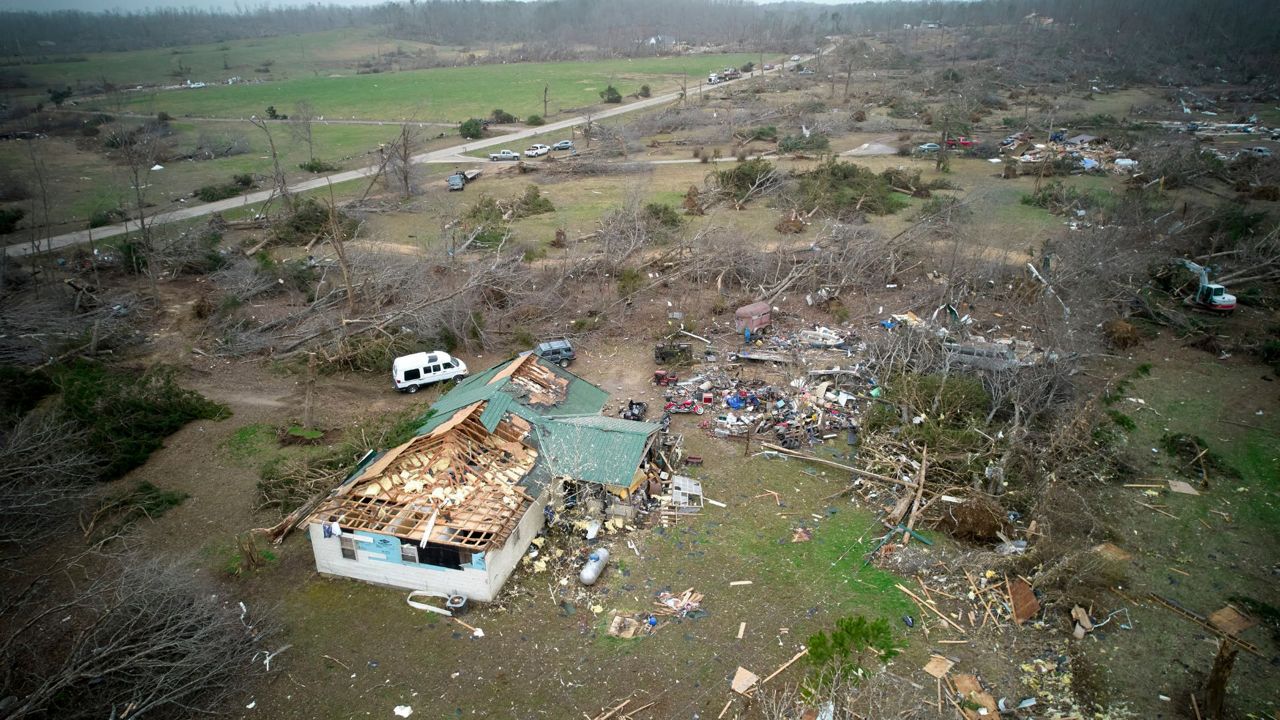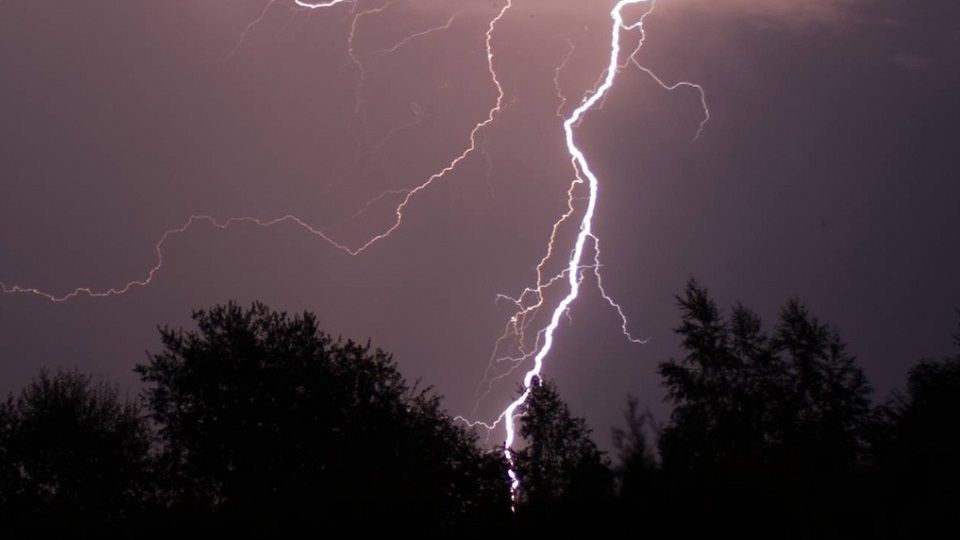DALLAS — In October 2019, 10 tornadoes ripped through the North Dallas area, causing significant structural damage to thousands of homes and businesses. Some residents are still struggling to get their homes rebuilt a year later.
The damage done is visible when you drive down Royal Lane in North Dallas, or through several neighborhoods in Richardson like Richland Oaks. This gives the affected communities a daily reminder of a storm that may have changed their lives.
The City of Dallas calculated nearly 3,000 residential homes were damaged and nearly 1,000 businesses. The response from the city of Richardson was also extensive, with 54 single-family homes and 196 multi-family units rendered uninhabitable.
The storm's estimated total losses were calculated at around $1.5 billion, according to the Insurance Council of Texas, making it the costliest tornado outbreak ever in Texas. It was the ninth costliest Texas storm from 1970 to today, behind Hurricanes like Harvey, Ike, and Rita.
For Richardson resident David Auren, his family is just weeks away from moving into their new home, rebuilt on the same lot their previous home used to stand.
"Our neighborhood got hit pretty bad, neighborhood next door got hit pretty bad as well. A lot of properties, a lot of people had to reinvent themselves over a few seconds to deal with the new reality,” Auren said. "We finally decided that, you know, this is our home. We love the neighborhood, we love the city. We're going to come back and we're going to do everything we can to rebuild a brand new life."
The EF-3 tornado that caused the most destruction in the area was on the ground for a stretch of nearly 16 miles with wind speeds peaking at 140 miles per hour.

“There were multiple tornadoes that day. And that's fairly common in Texas that we have these multi-tornadic days, so we really want to encourage people to sign up for alerts. Because when the weather changes in Texas, it can get very serious very quickly,” said Richardson Office of Emergency Management Coordinator Alisha Gimbel.
It took 10-14 weeks to clear the city of Richardson of the 30-35 million pounds of debris. Gimbel said along with signing up for alerts on multiple forms of communication, having two weeks worth of supplies on hand will be beneficial should a winter weather or severe weather storm hit.
“We go through the affected area and we want to assess those structures and make sure that they are safe for the homeowners, that they can begin repairs and go through that recovery process. So for us, life safety, finding the injured and making sure that they're okay. We encourage residents to be prepared for at least 72 hours so that our first responders can complete that search and rescue process, and make sure that everybody is okay in the neighborhood,” Gimbel said.
When residents look back a year ago to the night of the storm, it doesn’t take much to bring them back to that moment.
"Yeah, I remember this night, honestly like it was yesterday,” Auren said. "It was literally within 30 seconds, everything was gone. It took the Rescue Service about half an hour, 40 minutes to get here. They had to make their way in. Cars were flipped, trees were down, electric poles were down, fences were out, roofs were all over the place. It was literally a warzone."
Auren said he had no idea the magnitude of the storm before it hit.
“Once it happens, for us in an instant, everything we owned was gone. We suddenly found ourselves with literally nothing. And we didn't know what to do. We were in shock,” Auren said. "My wife still suffers from PTSD from this, and not long ago we had a storm and there were the sirens going on. And I remember seeing her getting all tensed up. That was very impactful. That's definitely going to leave a mark, let's put it that way."
As a realtor, David’s been able to give his neighbors some insight on getting back on their feet, dealing with insurance companies and banks.
“What we learned during this process is, like most neighbors over here, we still have a mortgage on the house. And once you get the check from the insurance, because insurance is trying to work with you, the bank is the one holding the funds. Everything has to go to contractors and inspection, and it’s a very tedious process,” Auren said. “There were a lot of delays with adjusters. And so we were a little bit more fortunate than others. I do know some of the neighbors are still fighting their insurance.”
The Insurance Council of Texas says nearly 37,000 claims reaching $1.2 billion have been paid to date, and the “overwhelming majority of the claims have been paid and resolved.” The Texas Department of Insurance reports less than 0.1 percent of claims have resulted in consumer complaints filed with the agency responsible for regulating the Texas insurance industry.
Auren said the good news moving forward is that the neighborhood will see their property values increase now that many homeowners are having to remodel or revitalize.
"The average price per square feet in this neighborhood alone went up 12.5 percent year over year with the maximum at the highest point was over 20 percent a square foot more than what it used to be.
Everything is innovative, everything is rebuilt, everything is suddenly starting to look nice. So we're starting to see that increase in value right now and over the next year or two, it's going to keep going,” Auren said.
For he and his family, the bonds made because of this experience are what made him, his wife, and son Liam want to stay in the neighborhood.
"The bonds in this community were created within seconds,” Auren said. "The only thing that stayed from the original house is this wall, the fireplace wall. We probably want to keep it as is a memory of the past.”












